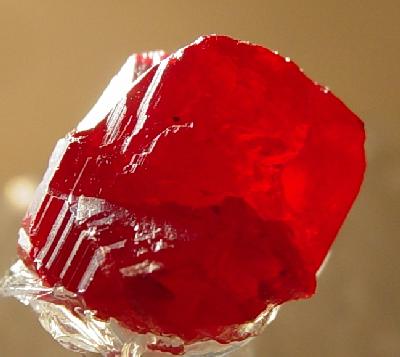Cinnabar Value, Price, and Jewelry Information
Magnificent red cinnabar is extremely soft and fragile, so faceted material is rare. It's cut primarily for collectors and carvings.
1 Minute Read
Related Articles
Unique Gem Materials for Jewelry Design
Some gems have an appeal beyond their appearance. If you’re looking for a gem with a story to tell, try...
Read More
Black Diamond Value, Price, and Jewelry Information
Black is a color that can say a lot. Wearing black diamond jewelry communicates a sense of unique strength and...
Read More
Chameleon Diamond Value, Price, and Jewelry Information
Professionals will tell you never to trust a trade name used to describe the appearance of a fancy colored diamond....
Read More
Gray Diamond Value, Price, and Jewelry Information
Diamonds with a pure gray hue are a rare treasure indeed. More often, gray is mixed with blue or violet...
Read More
Latest Articles
Celebrity Engagement Rings
What stones are the trendsetters using to pop the question? Take a look at the diamonds and colored gems in...
Read More
Ruby and Sapphire Grading Tools
What ruby and sapphire grading tools does a novice gemologist need? Learn how basic gemological equipment can help you identify...
Read More
Cerussite Value, Price, and Jewelry Information
As beautiful as a diamond, a faceted cerussite actually has higher dispersion and usually excellent transparency, colorless or light body...
Read More
Ouro Verde Quartz: History and Treatment
Ouro Verde quartz, also known as lemon quartz, is a popular treated stone. Learn how experiments with other gems led...
Read More
Never Stop Learning
When you join the IGS community, you get trusted diamond & gemstone information when you need it.
Get Gemology Insights
Get started with the International Gem Society’s free guide to gemstone identification. Join our weekly newsletter & get a free copy of the Gem ID Checklist!
